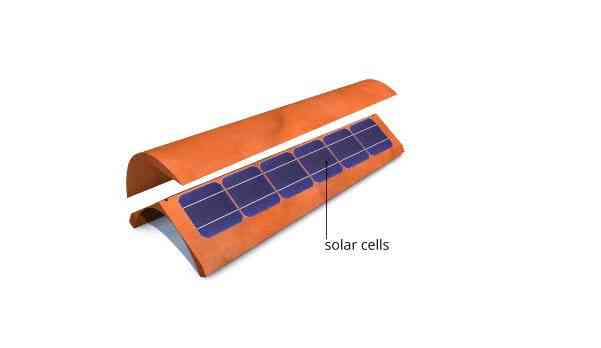Dyaqua Invisible Solar wants to give classic buildings the energy technology of the future while preserving the look of the past. Most traditional solar panels are high on function, low on form: Unsightly monoliths that clash with almost any existing style of architecture, they force owners to choose between design identity and affordable, sustainable energy. So, for historical structures, where preservation of cultural heritage is the priority, or buildings constructed with varied materials, the question remains: What do you do when you want to—or even have to—keep things looking the same?

A rendered image deconstructs the product to better show where the technology is placed.
Italian company Dyaqua thinks it’s found the answer with its Invisible Solar modules. Solar cells are covered with a special nontoxic surface material with a low molecular density; the finished module looks opaque but still allows sunlight to penetrate to the cells beneath. This gives Invisible Solar the flexibility to match a broad range of colors, textures, and materials. Modules can be made to replicate terra-cotta, stone, and even wood. With such versatility, Invisible Solar could be incorporated into other surfaces like walls or pavement. The modules are weight bearing, recyclable, and designed to resist the elements. And with an integrated chemical acceleration technology that uses light to clean the surface of each solar module, maintenance will be minimal.

Can you tell whether this is real wood or an Invisible Solar module made to look like wood? (It's the latter.)
Dyaqua recently started limited artisan production of its roof-tile modules and is currently running an Indiegogo campaign to further develop and manufacture new materials. With such potential to integrate sustainable energy into the familiar and beloved, the best part of the future of energy might be the part you can’t even see. dyaqua.it/invisiblesolar/
